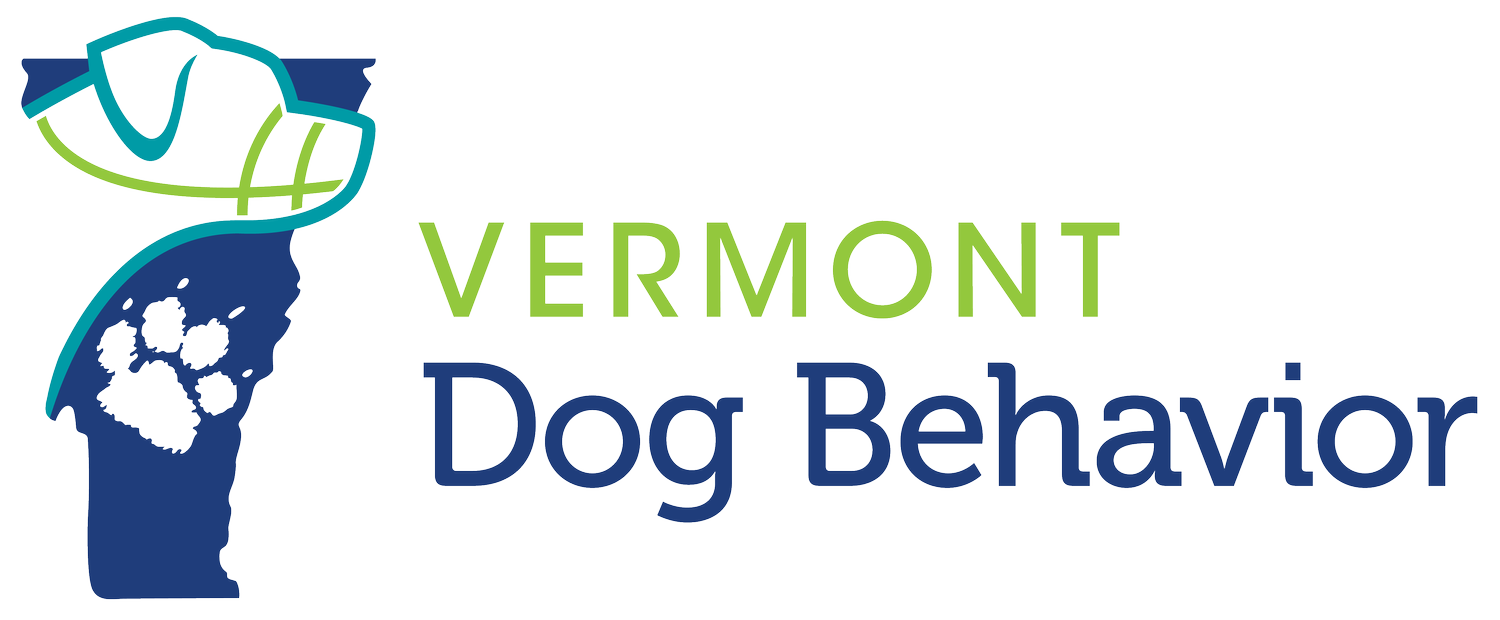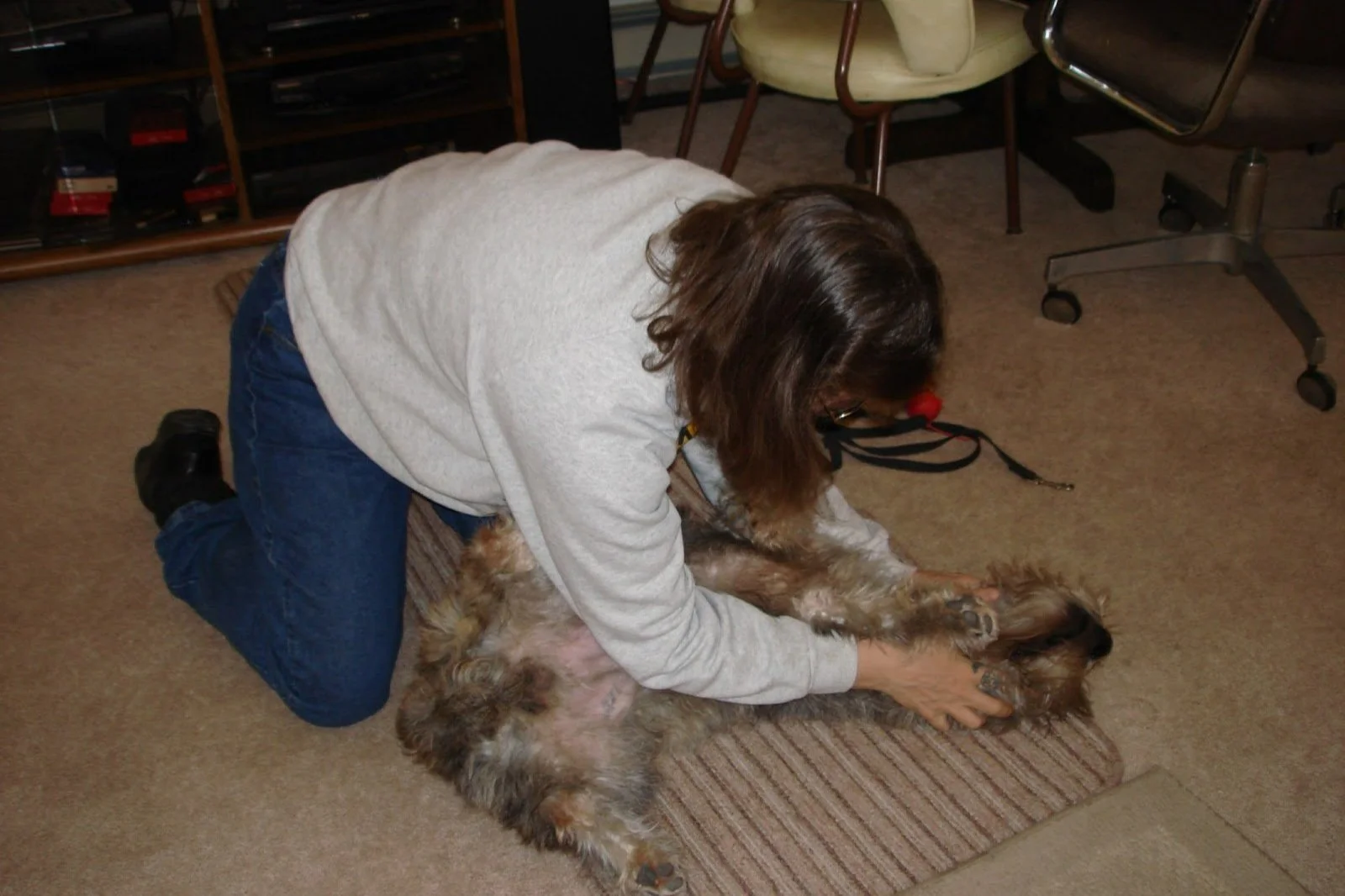Consent in Animal Training
When we begin giving our dog choices, and start asking them for permission, we empower them. Empowerment creates confidence, decreasing the likelihood of behavior problems. Animal training should consist of a conversation, not a monologue. It's our job to listen to what the dog is saying, and make changes to the environment in order to change the behavior.
For example, I have a dog who growls when he's reached for. Every time he growls I pull my hand away. The more that the growling works, stopping me from grabbing the dog, the more he will growl in the future. How can I change this pattern?
Instead of reaching for him, I could teach my dog that coming to me and touching my hand is highly reinforcing. If every time he comes to me, and chooses to touch me, he gets a piece of hot dog, my dog will soon choose to touch me rather than growl. The more a behavior is reinforced (think hot dogs), the more an animal will perform that behavior.
Consent is defined as permission, approval, agreement; to be in harmony. As human beings we have the expectation that our consent will be asked for before physical interactions with others.
Traditional dog training methods are based in the assumption that an animal must do as we say. If they won't do it on their own, they can be compelled to through force, pain or fear. These forceful methods can be damaging to our relationships with our pets.
In both of the above pictures you can see a dog being "alpha rolled", pinned on their back and forced to show "submission" to their handler. These outdated training methods completely ignore the autonomy of the animal. They're often used in cases where an animal is considered stubborn, dominant, or aggressive. You will always get back what you put in. Aggressive training creates aggressive responses.
Some instances of force are much subtler. Many people don't recognize that they've taken choice out of the equation for their pet. It's easier to do this than we realize.
In both of the above pictures, the dog is displaying clear discomfort. The dogs don't want to be touched in that way, but can't escape. It's likely that neither person is aware of how uncomfortable they're making the dog. They're not forcing the dog to be touched out of malice, but rather lack of understanding.
As animal trainers, it's our job to translate what the animals entrusted to us are saying. We then need to educate, educate, educate so that pet parents can also learn to "speak dog".
Then the question remains, if animals were better understood, would they be listened to? Would their handlers still expect them to tolerate unsavory physical attention? And here is where consent counts!
When an animal goes to the vet, routine medical procedures are sometimes forced on the animal using physical restraint. The veterinary team will ask us, the human beings, for permission to proceed with a medical procedure on our pet. Who is asking the animal? How would you feel if your nurse held you down while the phlebotomist drew your blood?
How do we begin to obtain consent from our pets? We can start by teaching the behavior we want, and reinforcing the heck out of it. Below you will find a video of a dog getting it's blood drawn without physical restraint. Instead the dog is choosing to rest his chin in his owners hand while his blood is drawn.
I frequently work with small breed dogs who have fearful, sometimes aggressive, behaviors around body handling. Why is that so? We often pick up and move these little guys, dress them in sweaters and jackets, and pass them from one person's arms to another. These are subtle forms of force, that we don't recognize until it's pointed out to us. Below we have a beautiful video from Chirag Patel and Domesticated Manners which perfectly illustrates this point.
The art and science, of animal training is ever evolving. It's our job to make sure that the animals in our care are not only enjoying the training process, but actively participating in it.
By Emily Lewis, CDBC




